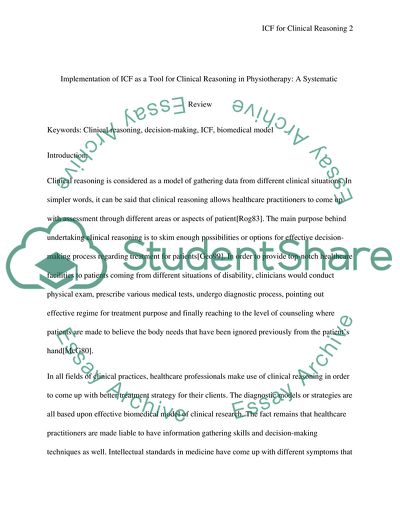Cite this document
(Extend Abstract Report Example | Topics and Well Written Essays - 2000 words, n.d.)
Extend Abstract Report Example | Topics and Well Written Essays - 2000 words. https://studentshare.org/health-sciences-medicine/1807435-extend-abstract
Extend Abstract Report Example | Topics and Well Written Essays - 2000 words. https://studentshare.org/health-sciences-medicine/1807435-extend-abstract
(Extend Abstract Report Example | Topics and Well Written Essays - 2000 Words)
Extend Abstract Report Example | Topics and Well Written Essays - 2000 Words. https://studentshare.org/health-sciences-medicine/1807435-extend-abstract.
Extend Abstract Report Example | Topics and Well Written Essays - 2000 Words. https://studentshare.org/health-sciences-medicine/1807435-extend-abstract.
“Extend Abstract Report Example | Topics and Well Written Essays - 2000 Words”. https://studentshare.org/health-sciences-medicine/1807435-extend-abstract.


